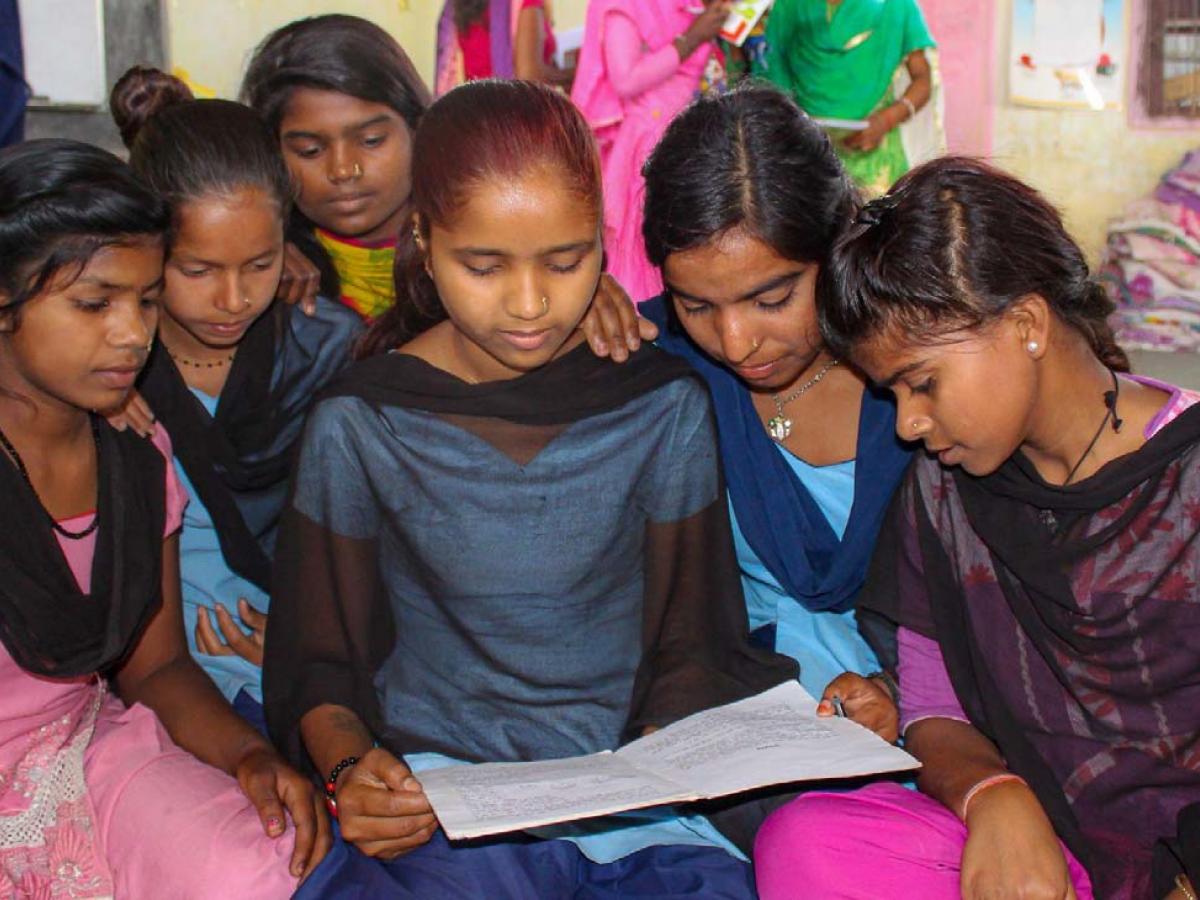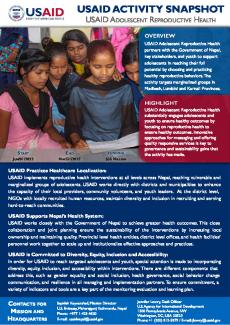USAID Adolescent Reproductive Health
2022 - 2027 | Cooperative for Assistance and Relief Everywhere, Inc. (CARE) | $35 Million Funding
OVERVIEW
USAID Adolescent Reproductive Health partners with the Government of Nepal, key stakeholders, and youth to support adolescents in reaching their full potential by choosing and practicing healthy reproductive behaviors. The activity targets marginalized groups in Madhesh, Lumbini and Karnali Provinces.
HIGHLIGHT
USAID Adolescent Reproductive Health substantially engages adolescents and youth to ensure healthy outcomes by focusing on reproductive health to ensure healthy outcomes. Innovative approaches for messaging and offering quality responsive services is key to governance and sustainability gains that the activity has made.
USAID Practices Healthcare Localization:
USAID implements reproductive health interventions at all levels across Nepal, reaching vulnerable and marginalized groups of adolescents. USAID works directly with districts and municipalities to enhance the capacity of their local providers, community volunteers, and youth leaders. At the district level, NGOs with locally recruited human resources, maintain diversity and inclusion in recruiting and serving hard-to-reach communities.
USAID Supports Nepal’s Health System:
USAID works closely with the Government of Nepal to achieve greater health outcomes. This close collaboration and joint planning ensure the sustainability of the interventions by increasing local ownership and maintaining quality. Provincial level health entities, district level offices, and health facilities’ personnel work together to scale up and institutionalize effective approaches and practices.
USAID is Committed to Diversity, Equity, Inclusion and Accessibility:
In order for USAID to reach targeted adolescents and youth, special attention is made to incorporating diversity, equity, inclusion, and accessibility within interventions. There are different components that address this, such as gender equality and social inclusion, health governance, social behavior change communication, and resilience in all managing and implementation partners. To ensure commitment, a variety of indicators and tools are a key part of the monitoring evaluation and learning plan.


